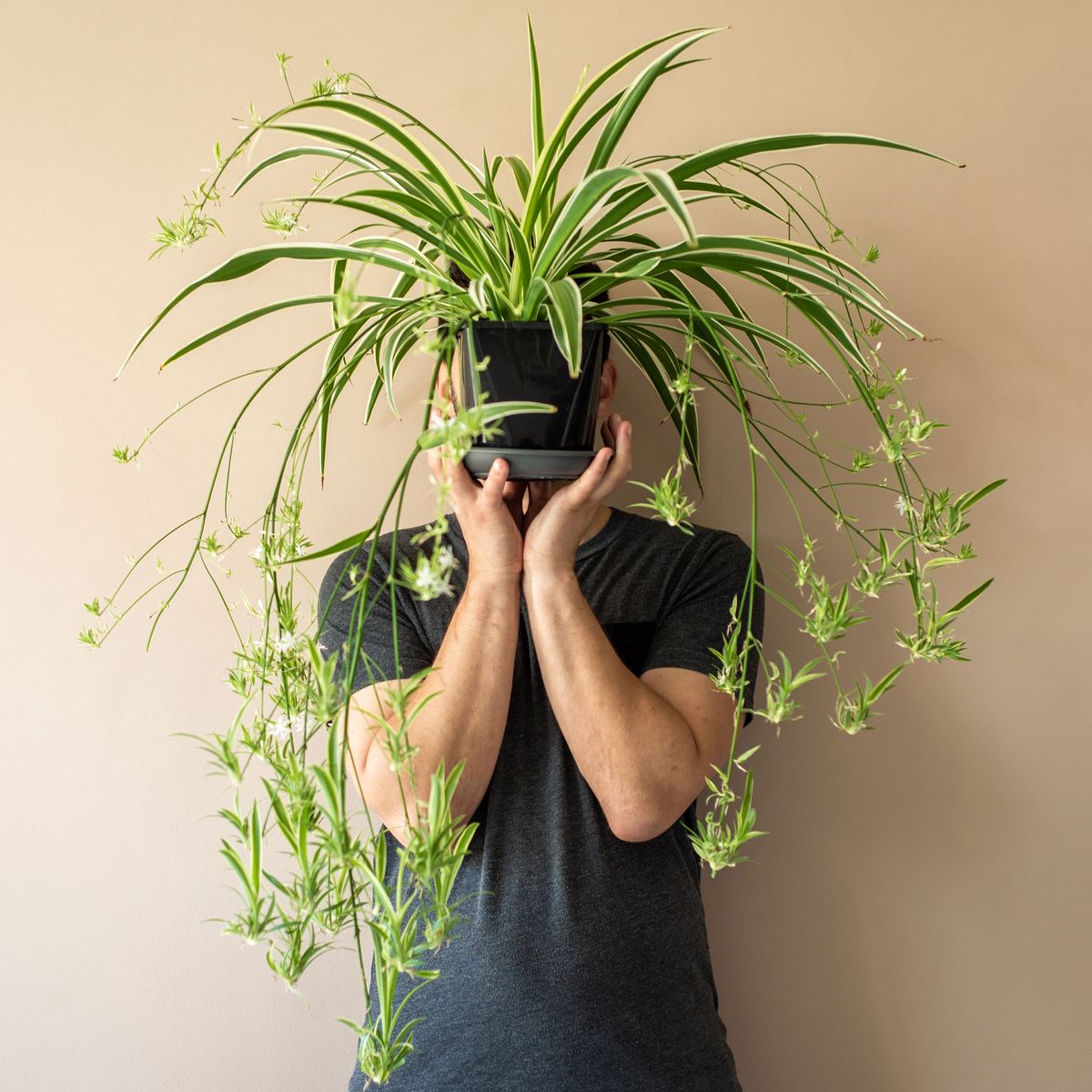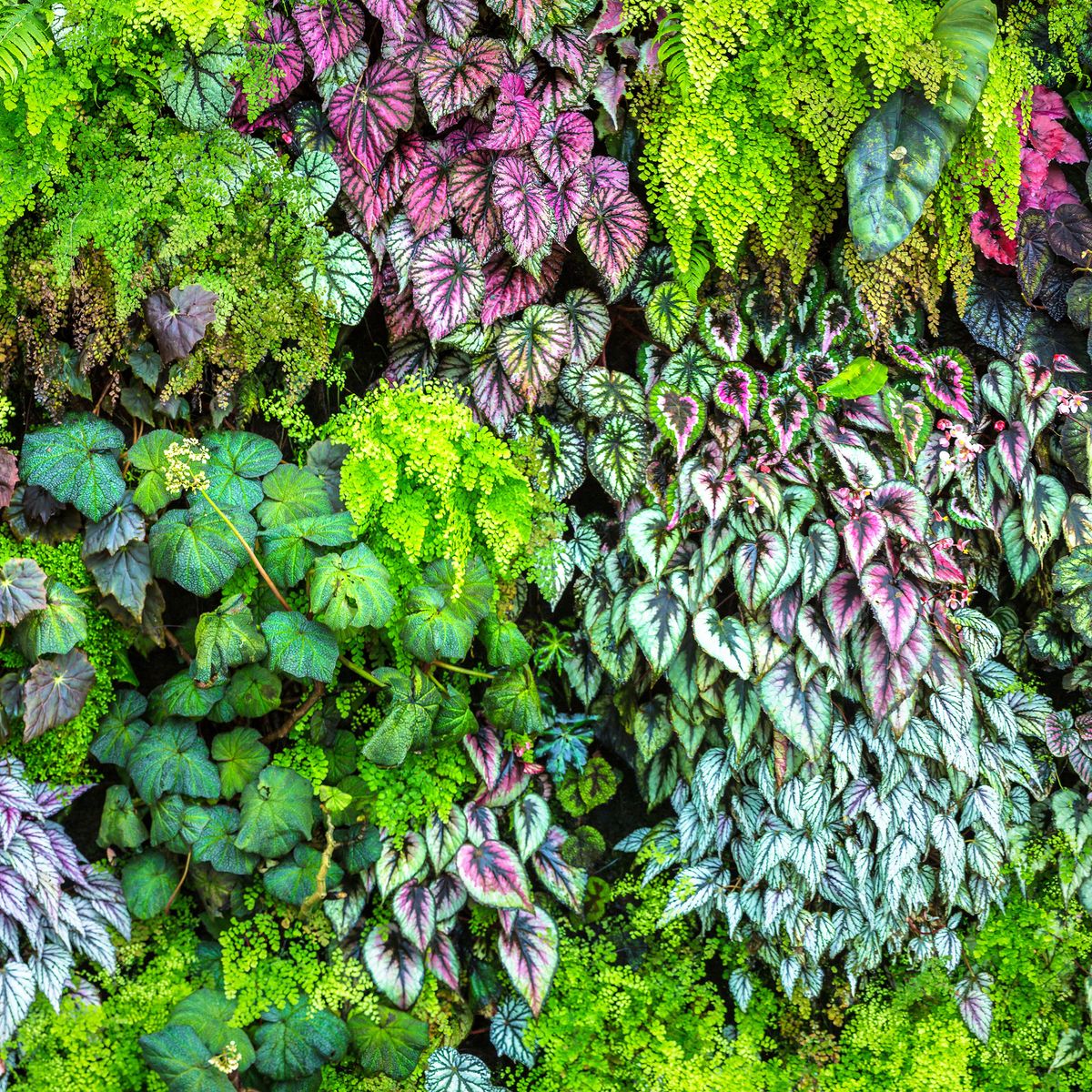Stemmadenia litoralis, also known as the “milky way tree,” is a stunning tropical plant renowned for its ornamental beauty and traditional medicinal uses.
This small tree is native to South and Central America and can also be found in the coastal rainforests of Tropical America.

As a versatile, fragrant plant, it can thrive both indoors and outdoors, adding a touch of the tropics to your home or garden.
This comprehensive guide will walk you through growing and caring for Stemmadenia litoralis, ensuring you can enjoy its colorful flowers and lush foliage for years to come.
Stemmadenia Litoralis Care
Size and Growth Rate
On average, the Milky Way tree is an open-branching tree that grows up to 16′ to 25′ feet in the tropics.
It has wide-spreading, glossy green leaves in a rounded crown that creates a multi-layered canopy,
Moreover, the Stemmadenia litoralis is a moderate to fast-growing plant, depending on the growing conditions.
When properly cared for, this stunning plant can quickly fill your garden or indoor space with its lush, green leaves and striking, fragrant flowers.
Flowering and Fragrance
The flowers of Stemmadenia litoralis are truly a sight to behold. This plant produces trumpet-shaped, white flowers that emit a delightful, sweet, and musky fragrance in full bloom.
Its perfume attracts pollinators and adds a pleasing aroma to the surrounding area.
You will notice your Milky Way tree blooming during the warmer months, from late spring to early fall, and throughout the year. However, this flowering tree stops blooming on cool winter nights.
Moreover, the fertilized flowers of Stemmadenia litoralis develop into odd-looking, twinned fruit that is green when young and orange when ripe.
This plant’s seed pods are orange-gold and double-horned. They also hang from the tree and are born in pairs.
Temperature and Light Requirements
The Milky Way tree thrives in bright, indirect light but may grow well in full sun if the climate is not too hot.
Moreover, it does well in semi-shade and deeper shades, where the plant’s glossy leaves turn dark green and larger.
This makes the placement near a south or east-facing window when grown indoors ideal for Stemmadenia litoralis.
When planted outdoors, it should be planted outdoors where it receives dappled sunlight or partial shade.
The plant prefers consistently warm temperatures, ideally between 60° to 85° degrees Fahrenheit. However, remember that it is sensitive to cold and should be protected from freezing temperatures.
Watering and Fertilizer
Stemmadenia litoralis requires regular watering to maintain consistently moist (but not soggy) soil.
Remember, this plant has poor tolerance to drought conditions.
Water the plant thoroughly, but ensure adequate drainage holes so the excess water can drain and the soil dries slightly between waterings.
During the growing season, apply a balanced, water-soluble fertilizer every 4 to 6 weeks to promote healthy growth and flowering.
Moreover, the Milky Way tree is moderately salt tolerant, enduring a little sea spray.
Soil and Transplanting
This tropical plant prefers well-draining, fertile soil with a slightly acidic to neutral pH. However, it can also grow well in alkaline soils.
Mix equal parts of peat moss, perlite, and organic compost to create the ideal growing environment.
When transplanting the Milky Way tree, choose a larger pot or an outdoor location that offers ample space for the plant’s root system to grow.
The best time to transplant is during the early spring when the plant is just beginning to produce new growth.
Grooming and Maintenance
Pruning and grooming are essential for maintaining the health and appearance of your Stemmadenia litoralis.
Remove dead or damaged leaves and flowers regularly to encourage new growth and prevent the spread of diseases.
Prune the plant in early spring to maintain its shape and size and promote bushier growth.
Environment
Recreating the plant’s natural habitat is key to its successful growth. Stemmadenia litoralis originates from tropical rainforests, where it enjoys dappled sunlight, high humidity, and warm temperatures.
To replicate these conditions indoors, place your plant in a room with bright, indirect light and use a humidifier or pebble tray filled with water to maintain humidity levels.
Choose a partially shaded location protected from harsh winds and direct sunlight if grown outdoors.
How To Propagate Stemmadenia Litoralis
Stemmadenia litoralis can be propagated through seeds, stem cuttings, or air layering.
To propagate via stem cuttings, take a healthy cutting with at least two leaf nodes and dip the cut end in the rooting hormone.
Plant the cutting in a well-draining soil mixture and keep it moist until roots develop.
Air layering is another effective method, especially for larger plants.
Seeds can also be used, although the germination process may be slower and less reliable than other methods.
Growing Stemmodenia Outdoors
While Stemmadenia litoralis can be grown as an eye-catching houseplant, it also makes a stunning addition to outdoor landscapes.
Let’s explore the specific requirements and best practices for growing the Milky Way tree outdoors, focusing on soil needs, water, fertilizer, and pest management.
Following these guidelines will help you create a beautiful and healthy landscape featuring this vibrant tropical plant.
Soil Needs
To ensure the healthy growth of Stemmadenia litoralis outdoors, providing the plant with the proper soil conditions is crucial.
The ideal soil for this tropical plant should be well-draining, fertile, and slightly acidic to neutral pH.
Combining equal parts peat moss, perlite, and organic compost is recommended to create the perfect soil mixture. This mix will provide the necessary nutrients, aeration, and drainage for the plant to thrive.
Watering Requirements
When growing the Milky Way tree outdoors, it is essential to maintain consistent soil moisture without causing waterlogged conditions.
During hot, dry periods, you may need to water the plant more frequently to maintain optimal moisture levels.
Remember to water the plant thoroughly and allow the excess water to drain from the soil.
Moreover, allowing the soil to dry slightly between waterings is crucial to prevent root rot and other issues associated with overwatering.
Fertilizing
Regular fertilization is essential to promote healthy growth and abundant flowering in your outdoor Stemmadenia litoralis.
Apply a balanced, water-soluble fertilizer every 4 to 6 weeks during the growing season. This will give the plant the nutrients it needs to produce lush foliage and vibrant flowers.
Ensure to follow the manufacturer’s instructions for the correct application rates and dilution.
Stemmadenia Litoralis Pest and Diseases Management
Pest and disease control is an important aspect of growing Stemmadenia litoralis outdoors.
Common pests affecting the plant include common pests, such as aphids, mealybugs, and spider mites.
To prevent pest infestations, it is essential to monitor your plant closely, inspect it regularly, and promptly remove any affected leaves or stems.
In addition, you can use insecticidal soap or horticultural oil for severe infestations to control the pests. Just follow the product instructions for proper application rates and timing.
Moreover, implementing a proactive pest control program, such as releasing beneficial insects like ladybugs and lacewings, can also help keep pest populations in check.
Taking prompt action to manage pests is important because they can cause significant damage to your outdoor Stemmadenia litoralis if left unchecked.
One common disease that attacks the Milky Way tree is root rot. To prevent root rot, ensure your plant is grown in well-draining soil and avoid overwatering.
Milky Way Tree Uses
The ornamental value of Stemmadenia litoralis is undeniable. Its beautiful flowers, lush foliage, and sweet fragrance make it a popular choice for landscaping projects or as a captivating houseplant.
In traditional medicine, various parts of the plant have been used to treat ailments such as fever, inflammation, and digestive disorders.
While its medicinal properties are intriguing, it is essential to consult with a healthcare professional before using any plant for medicinal purposes.
Conclusion
Growing and caring for Stemmadenia litoralis can be a rewarding experience, as this tropical plant brings a touch of the tropics to any space with its stunning aromatic flowers and lush foliage.
You can also create a thriving and beautiful outdoor space featuring this captivating tropical plant by providing the proper soil conditions, consistent watering, regular fertilization, and effective pest management.
Remember these guidelines, and you’ll be well on your way to enjoying a stunning and healthy Stemmadenia litoralis in your landscape.












